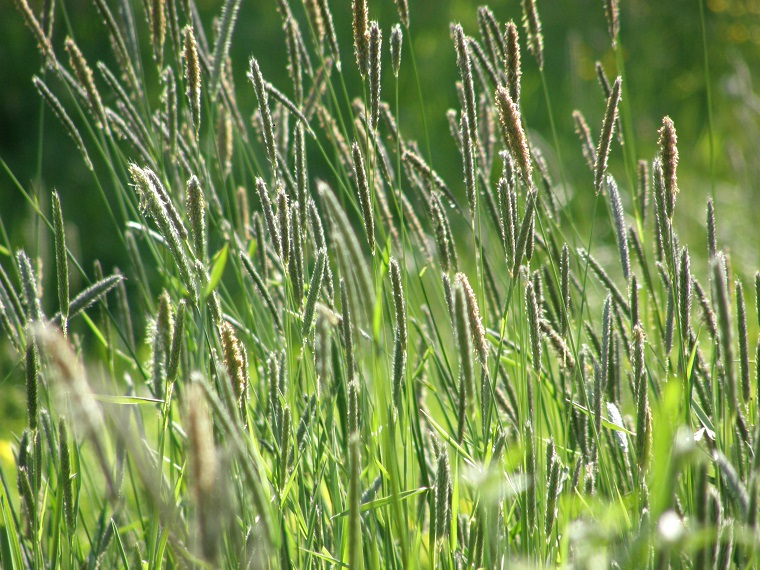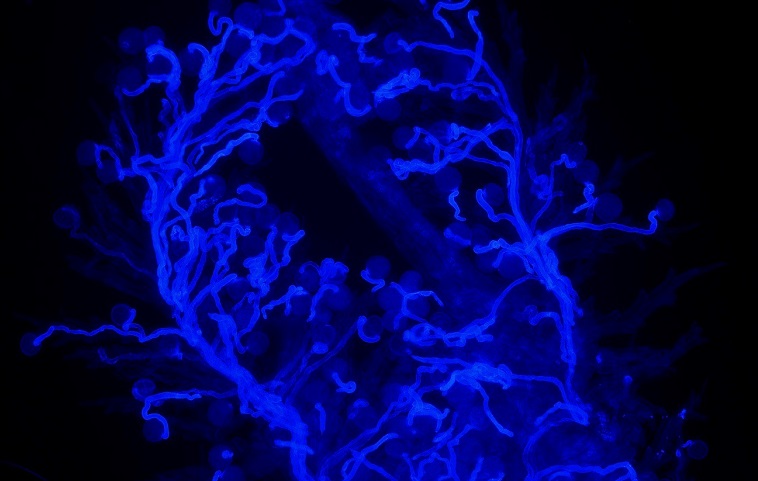Plant Movement Important for Wind Pollination, Study Says
By Louis Gasparini
August 1, 2018

Determining the precise mechanisms of wind pollination is anything but a breeze, but Integrative Biology researchers have shed light on how plant movement can affect the way pollen is captured by terrestrial plants – resolving a long debated question in the field of physical ecology in the process.
Prof. Josef Ackerman and former MSc student Dori McCombe made several discoveries that reveal the underlying mechanisms of particle capture by terrestrial plants, a process essential to plants that rely on wind for pollination.
“Particle capture is fundamental to agriculture,” says Ackerman. “Many important crops, namely cereal grains, are wind pollinated. So are many tree species.”
He and McCombe set out to determine the effect of collector motion on particle capture - in other words, how the movement a plant swaying in the wind affects the way it captures pollen. What set this research apart from previous studies was that it did a better job of mimicking real world conditions, whereas most of the past work in this area relied on stationary collectors. According to Ackerman, stationary collectors make poor study models because in real life wind causes grass and other plants to vibrate and move.
The pair used flow chambers in the lab and as well as field experiments to determine the effects of collector motion. Experiments with flow chambers indicated that collector motion increased particle capture dramatically - by as much 400% relative to a stationary collector.
But the big question was whether or not an increase would also be seen in real world conditions. Ackerman and McCombe set up field experiments to compare stationary Timothy Grass plants to those that were allowed to move freely in any direction, or in one direction only - either parallel or perpendicular to the direction of the wind. Pollen capture was then determined for each set of plants by measuring the amount of pollen germination, which indicated just how many pollen grains had landed successfully on the plants.

In the end, the field results demonstrated the same trend as the lab trials: pollen collection by Timothy Grass that was allowed to freely move was up to 20% higher than grass that was held stationary. They also found that grass that moved perpendicular to the direction of the wind collected more pollen than grass that moved parallel to the wind.
“Without accounting for motion we could be seriously underestimating particle capture in nature,” says Ackerman, noting this has been a topic of debate in his field. “This is why incorporating more ecology into studies of particle capture is important.”
The results also showed the importance of collector motion under a range of wind speeds that helped solve questions left unanswered by previous models of particle capture. Overall, the findings represent an important advance particle capture research which will help to focus and refine future studies.
Funding was provided by NSERC and the Canadian Pollination Initiative (CANPOLIN).
Read the full article in The American Naturalist.
Read about other CBS Research Highlights.